Everything You Need To Know About Sakura Tea
Almost every Japanese individual consumes tea regularly and considers it to be a necessity. Tea comes in many varieties and can be had at any time of the day. It is ubiquitous and frequently complimentary at dining establishments, just like water.
One specific kind of tea you can enjoy is the Sakura tea from the well-known cherry blossoms in Japan. Drinking Sakura tea has a deeper meaning than your typical cup of green tea because sakura blossoms are viewed as a symbol of life's fleeting beauty. Having sakura tea in Japan is typically reserved for once-in-a-lifetime situations and symbolizes new beginnings.
Read on and learn more about the Sakura culture and the best sakura tea in Japan.
What are Cherry Blossoms?
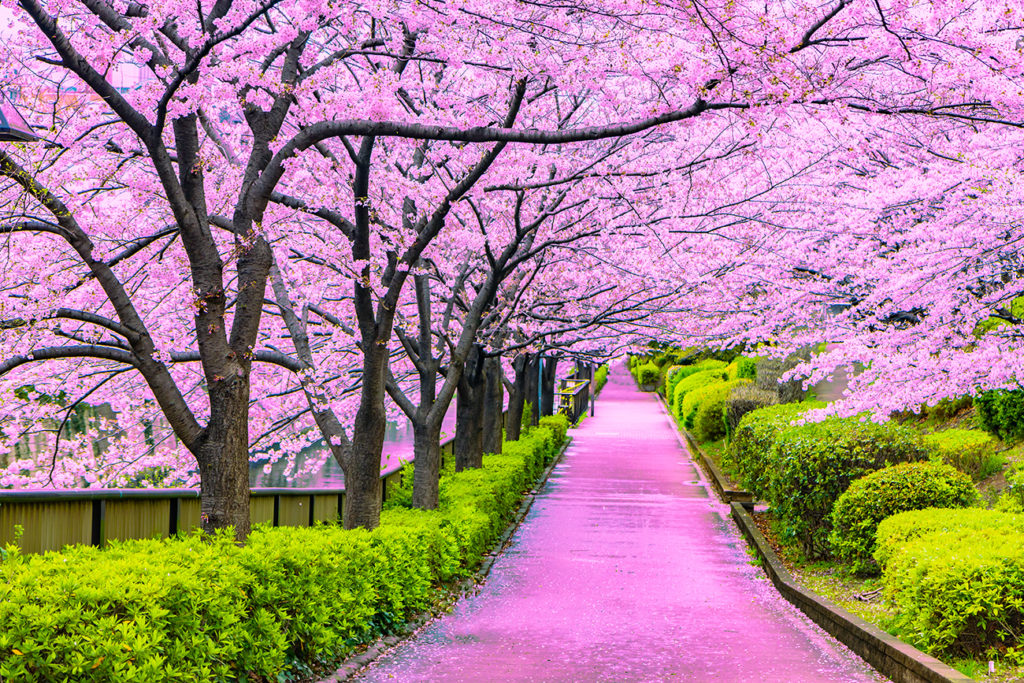
The cherry blossom is the flower of the Prunus tree and has different types that can be found worldwide. This cherry tree is mostly found in temperate regions of the Northern Hemisphere, especially in Japan.
In Japan, the word for cherry blossoms is sakura, and they are regarded as a national treasure. Cherry blossoms are well-known in Japan due to the variety of blooms and the numerous festivals that occur throughout the blooming season. When the buds bloom, people organize picnics and hanami (flower-watching) events throughout the country to commemorate the fleeting beauty of the flowers and the approach to warmer weather.
History of Cherry Blossom Tea
Sakura tea, known in Japan as "sakurayu" or "cherry blossom tea," has a history that is as delicate and nuanced as its flavor. This traditional Japanese tea is made by pickling cherry blossoms from the Somei Yoshino cherry tree in plum vinegar and salt, and then drying them. This practice dates back to the Edo period (1603–1868) in Japan, where it was cherished for its aesthetic appeal and symbolic representation of spring.
Sakura tea is often associated with special occasions and celebrations, such as weddings or hinamatsuri (Girls' Day Festival), symbolizing renewal, the fleeting nature of life, and beauty, mirroring the brief but intense blooming period of the cherry blossoms. Over time, sakura tea has evolved to also to serve as a cultural emblem of mindfulness and the transience of life, celebrated both within Japan and by enthusiasts worldwide.
What is Cherry Blossom Tea?
In Japan, sakura cherry blossom tea is a preferred beverage for important ceremonies. Sakura cherry blossoms, a highly traditional Japanese ingredient, are used in its preparation. Sakura tea is known as "sakura cha" or "sakura yu" in Japanese.
Sakura tea offers an astounding array of health benefits, much like most other types of tea. It is claimed to be anti-inflammatory, high in antioxidants, and healthy for your teeth. Additionally, sakura tea has a delicate, floral flavor and aroma that tastes and smells very much like Japan. It may initially be strange for tea lovers to taste saltiness when drinking tea, but after that, a lovely floral scent begins to fill the tongue.
Preserving Cherry Blossoms
Since fresh cherry blossoms can only be gathered once a year, the Japanese began pickling them in salt and ume plum vinegar to extend the season for Sakura flavor. Sakura changes after being kept in salt, ume in plum vinegar, submerged in boiling water, and then covered with sugar. After this, the sakura brings a taste that represents Japan, a soft floral perfume and flavor, sugar's sweetness, and a faint saltiness. Overall, the resulting Sakura tea is a gorgeous pink, transparent herbal tea with a subtle fragrance of floral and earthy aroma.
How to Make Cherry Blossom Tea
Sakura tea is a traditional Japanese infusion made by steeping pickled cherry blossom flowers in boiling water. When preserving cherry blossoms, cherry blossom petals must first be prepared by being pickled in salt and plum vinegar before being allowed to dry to brew the perfect Sakura tea. Then, they're steeped in boiling water to produce an unbelievably delicious beverage with sakura natural flavors.
The collapsed petals unfurl and float after being submerged in hot water. The herbal tea is then steeped until the flavor reaches its desired intensity. In fact, there are two flavors of cherry blossom tea, one with a salty taste and one that's sweeter.
Salty Sakura Tea
This type of Sakura tea has a long history. A salty tea variation made with freshly harvested Sakura flowers and ume kept for nearly a month in plum vinegar. Immerse the sakura petals in warm or boiled water for 5 minutes to harvest some of the salt from the flowers before making a salted sakura tea. Then you can add one or two flowers to another tea cup and re-douse it with hot water. Adding some salty water with a spoon can change the flavor and salt level.
Sweet Sakura Tea
Sweet Sakura tea is more difficult to make, requires more work, and requires that the salted sakura tea be washed several times to remove the salt before being dusted with sugar.
When Do Japanese Drink Sakura Tea?
For the Japanese, sakura tea is the preferred morning brew. They also consume it during their afternoon break or offer it to guests as a sign of hospitality. They will brew sakura flowers in a little teapot with hot water on various occasions during the day. Actually, tea is a part of every meal.
In fact, in many Japanese restaurants, customers are offered a complimentary cup of tea as soon as they are seated with unlimited refills. Better yet, you can invite your family or friends over for a tea party in the park and give them sakura tea in a stylish cup! It's even better on a day when you and your loved ones can sip on sakura tea while admiring the blossoms' beauty and the falling pink petals. Remember to bring desserts with sakura flavors and bento with sakura themes!
Best Sakura Tea Products
1. Sweet Sakura Tea: Black Tea
Here's a beautiful Japanese herbal tea called Sweet Sakura Tea that blossoms in the water. This Sweet Sakura Tea: Black Tea has an abundant cherry blossom aroma with the addition of cherry blossoms and cherry leaves to the blend. This Japanese black tea was developed with great care to retain the sakura's beauty and flavor. Mix it with hot water to enjoy.
These blossoms can also be used to impart a sakura taste to light alcoholic beverages like white wine or sake, as well as baked goods and jellies for a delightful treat. Both the sight and the taste buds will be delighted!
2. Lipton Sakura Tea (12 bags)
Lipton produced this limited-edition Sakura tea to mark the blooming of the cherry blossoms and the start of spring in Japan. Each box has twelve pyramid-shaped tea bags filled with sakura tea. The flavor of this sakura tea was influenced by "sakura mochi," or rice desserts flavored with cherry blossoms. This wonderful tea is only available during the cherry blossom season. Enjoy your tea with Lipton Sakura Tea rich taste and nice aroma.
3. Decaf Sakura Tea
Here is a Decaf Sakura Tea that wonderfully complements the Ceylon black tea by smelling like Sakura (cherry blossoms). Tea leaves from Sri Lanka's Ceylon region have been decaffeinated and mixed with dried cherry blossoms and leaves. The cherry flowers' natural flavor and aroma, waiting for spring to arrive under the cherry blossom trees in full bloom, are complemented by a faint saltiness. The Yoshino cherry blossoms, which stand in for Japan and are in full bloom with the approach of spring, are used as the inspiration for the package design.
4. Sweet Sakura Tea: Green Tea
This Sweet Sakura Tea: Green Tea is an opulent concoction of green tea leaves and cherry blossoms that expertly mimics the aroma of sweet flowers. In Japan, dried sakura (cherry blossom), sakura extract, and a faint dash of salt are combined to create this delectable green tea. There are 10 packs in each box, each containing 2g.
5. Sakura Sencha Tea
This rare Sakura Sencha Tea mix known as "sakura sencha" combines sencha with genuine sakura, whose sweetness provides a wonderful balance to the sencha's intensity. You can drink Sakura sencha either hot or iced. Sakura sencha is a wonderful substitute for regular sencha because of its natural sweetness and enticing spring aroma.
6. Muji Sakura Latte
While Muji is most known for its minimalist and affordable apparel, furniture, and stationery, the company also sells a wide range of delectable snacks and beverages in Japan. Take a sip of their fragrant, instant Sakura (Cherry Blossom) latte. This Muji Sakura Latte is somewhat less sweet and has a salty finish. It tastes like sakura and has a hint of white chocolate.
Sugoi Mart
Fancy yourself a cup of Sakura tea? Discover some of the best Japanese Sakura tea in the Sugoi Mart tea collection. With these varieties of exquisite sakura tea, you may taste spring and enjoy flowers dancing on your tongue. You won't regret taking just one sip to feel posh and healthy!









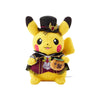











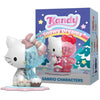





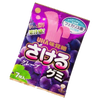
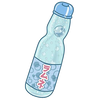


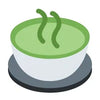



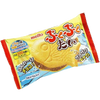



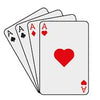















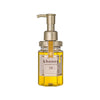



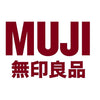
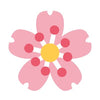
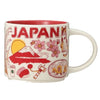

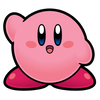
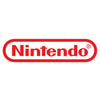








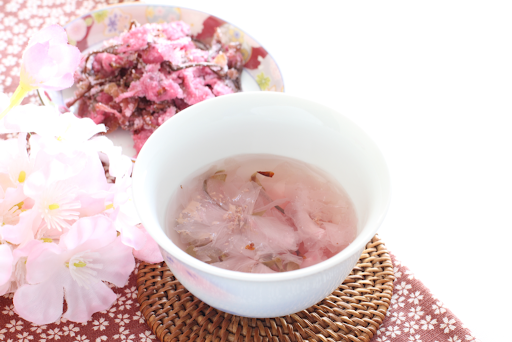
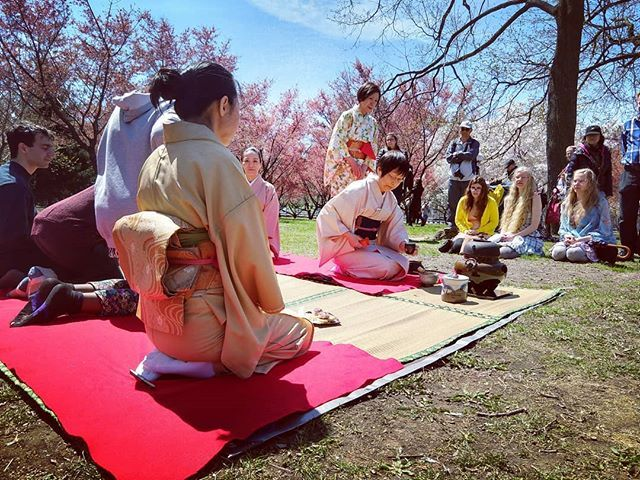

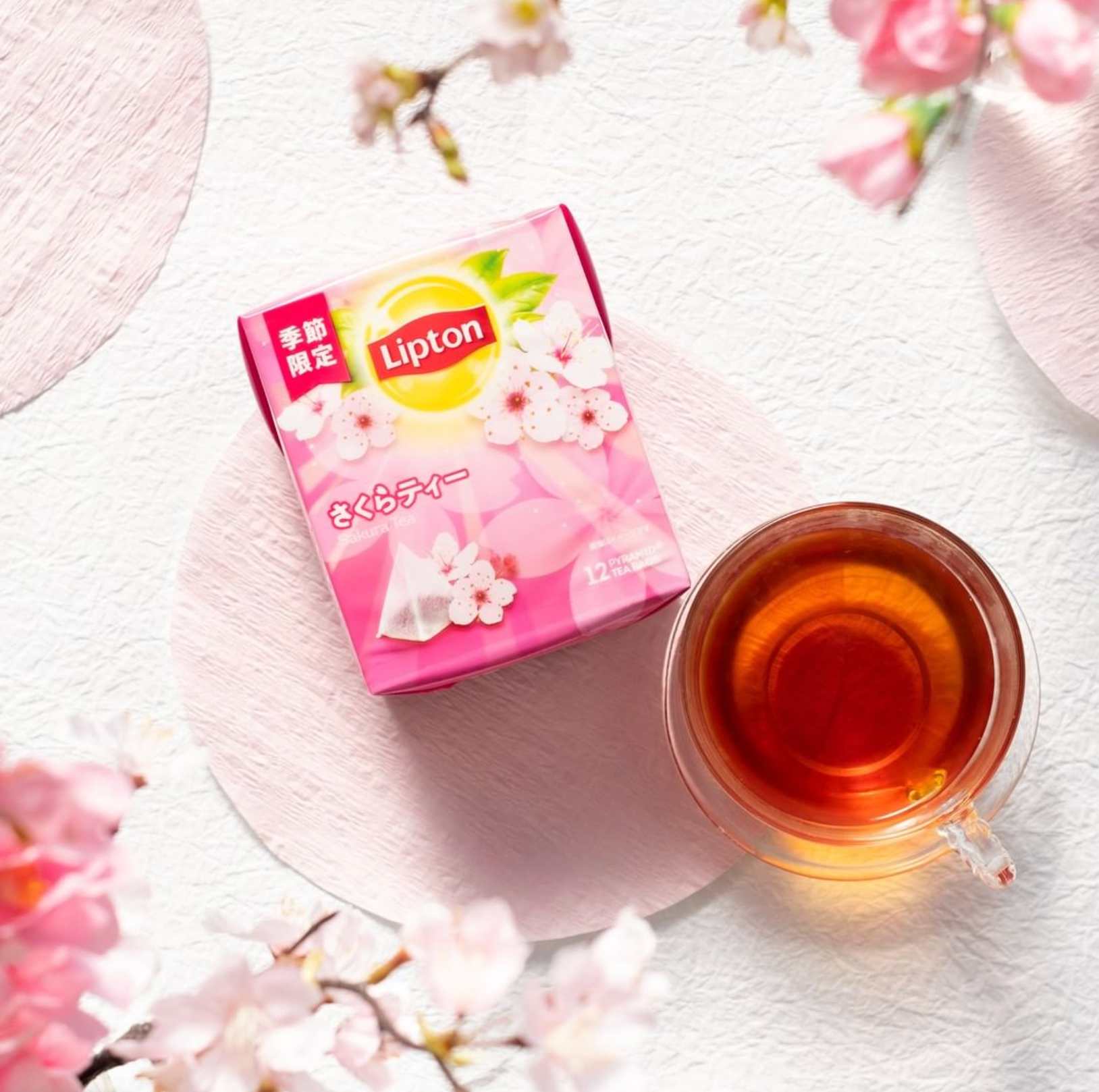
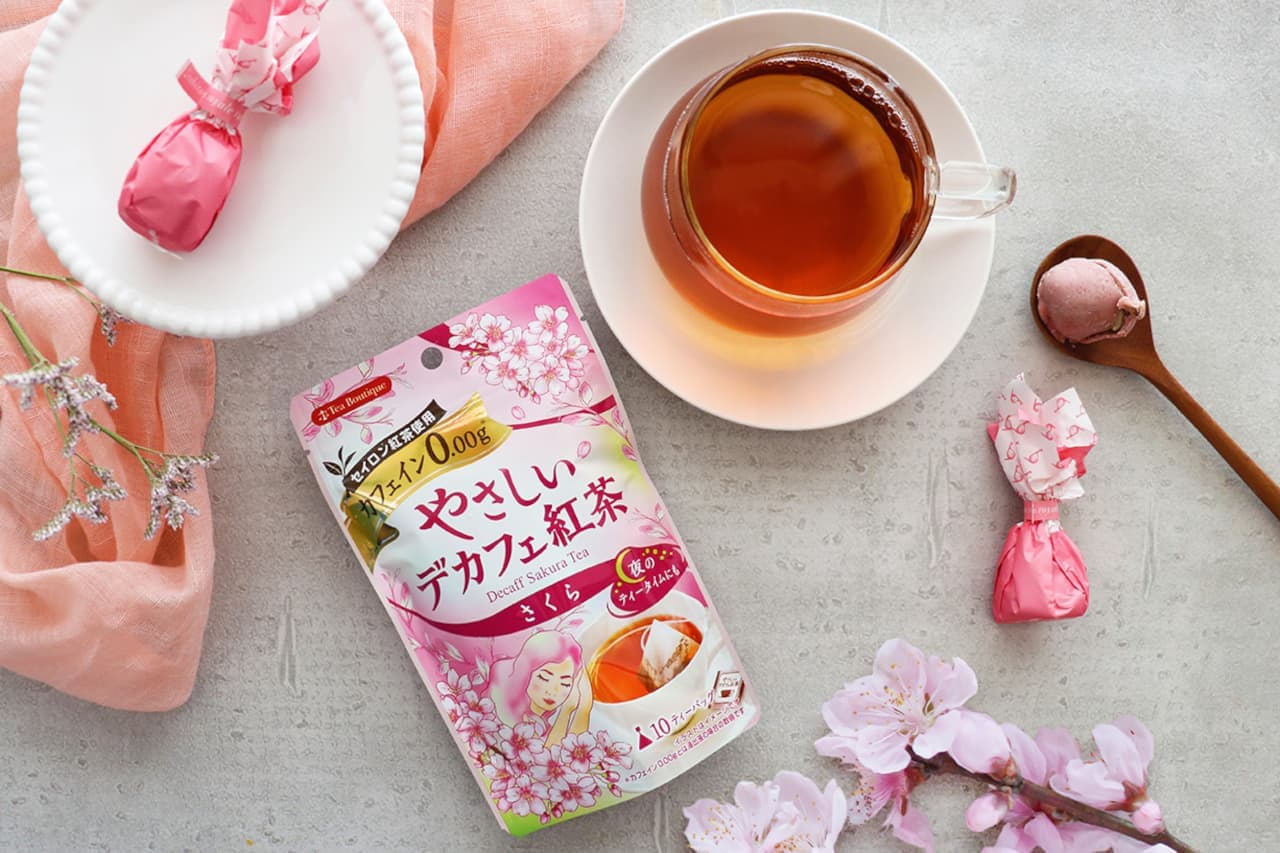
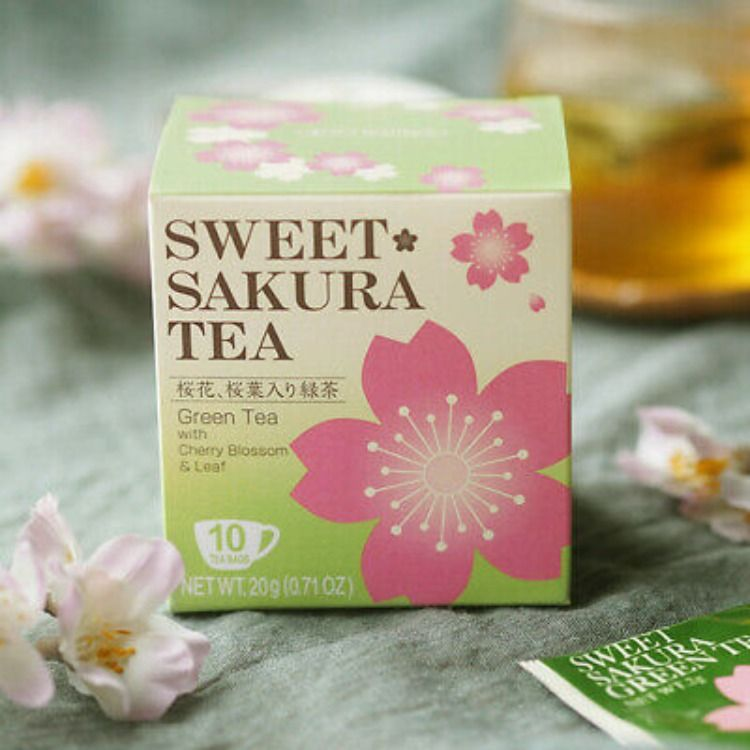
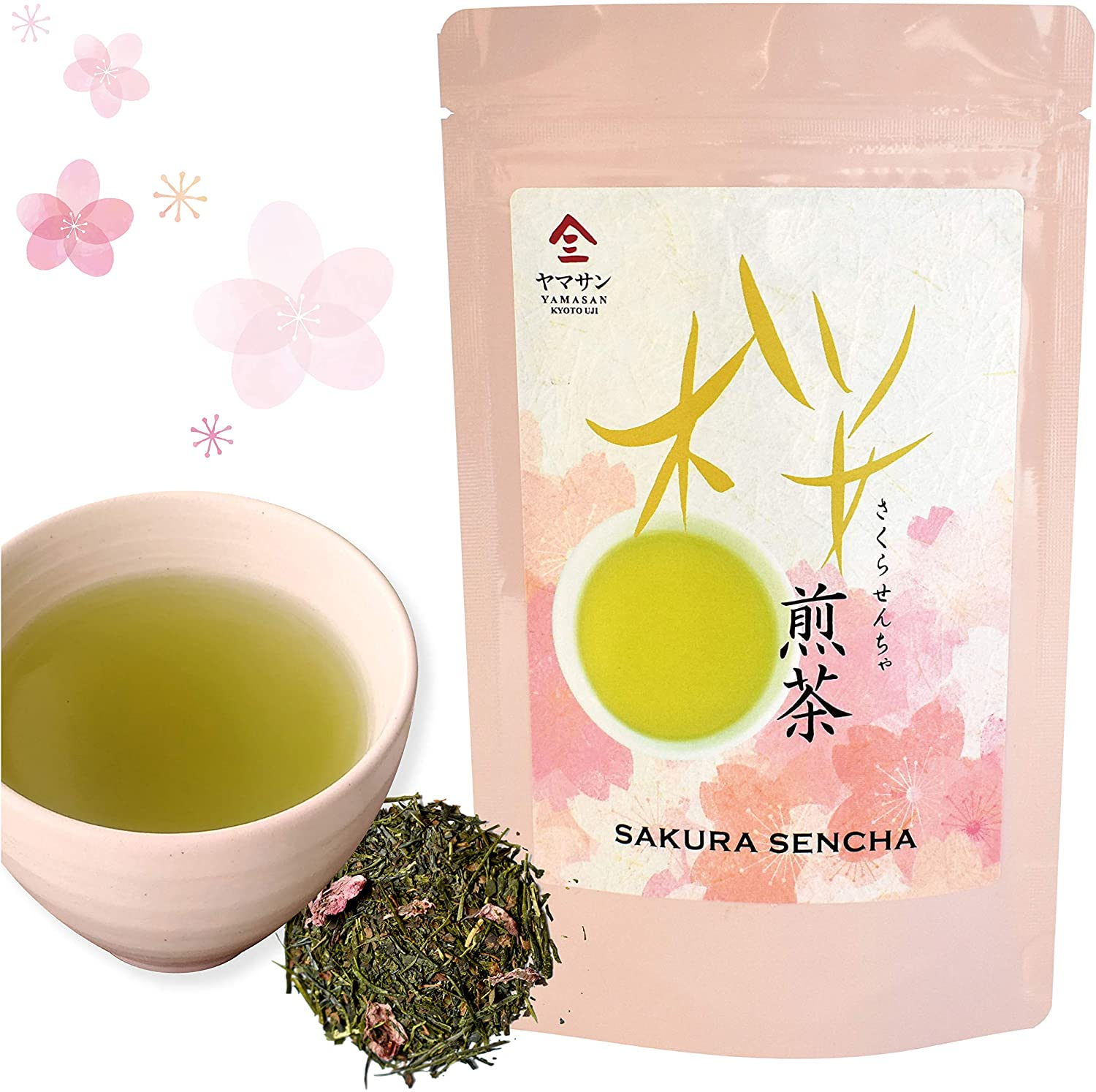
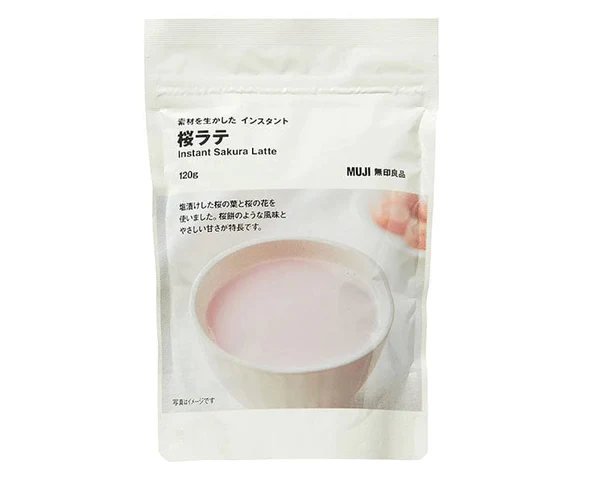

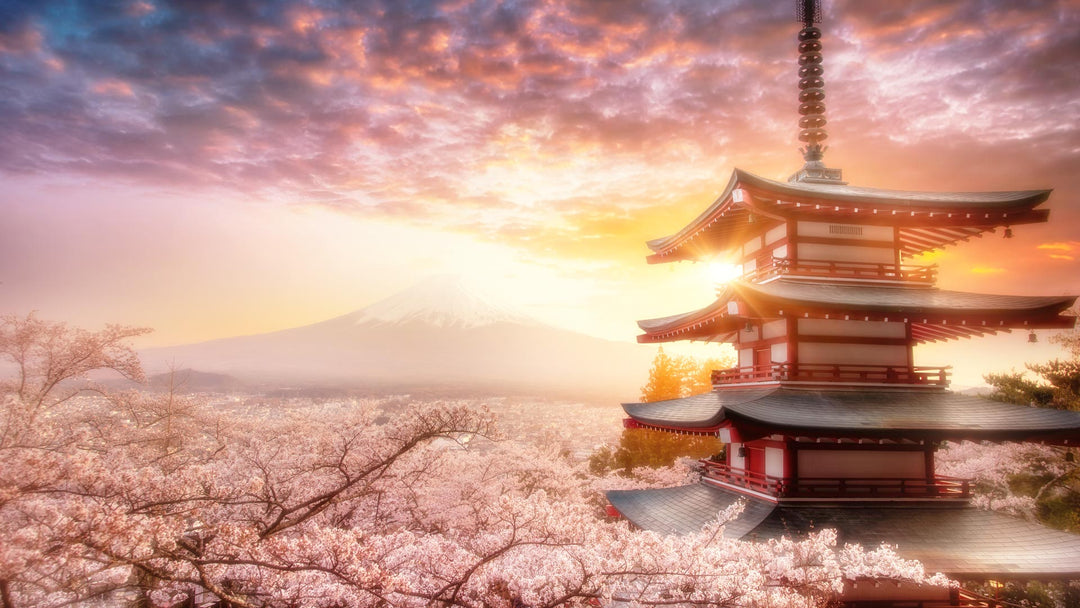

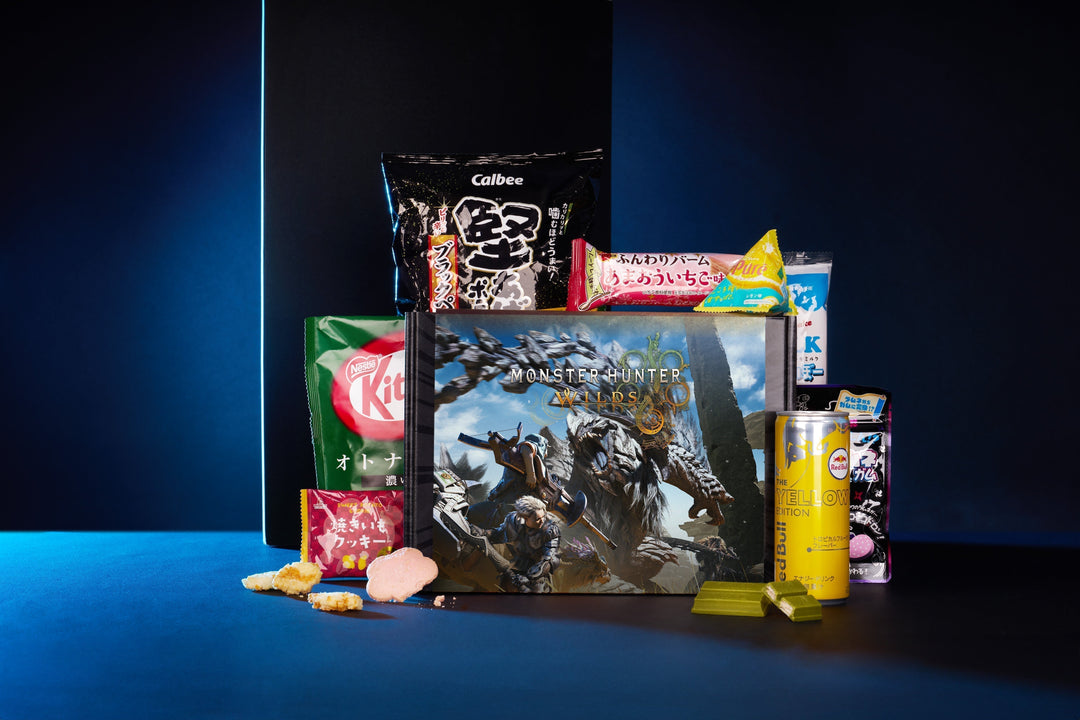
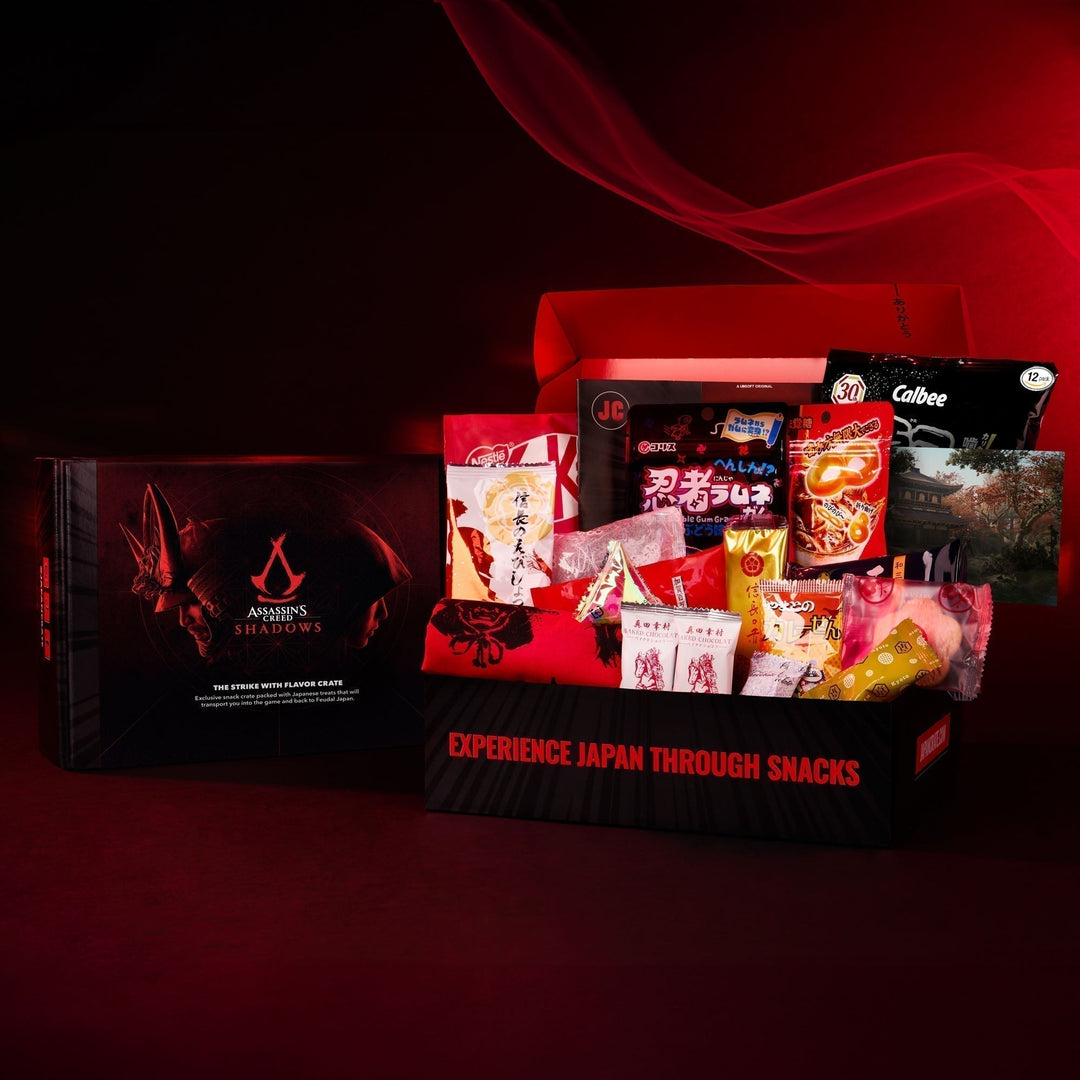
Leave a comment